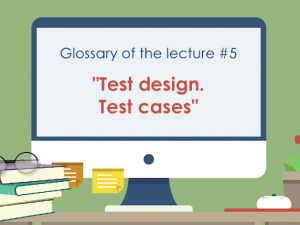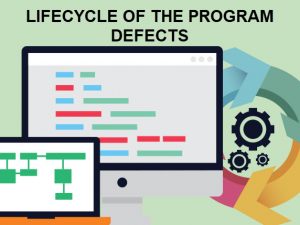How to know that there are enough test cases
-
How to know that there are enough test cases
Quality Assurance (QA) plays an important role in IT product development. QA specialists use test design techniques along with other tools to detect errors and bugs.
-
Cause-effect analysis as a test design technique
Let’s start with the concept of test design. A superficial approach at the stage of analysis and test design is unacceptable. It is necessary to understand the system thoroughly in order to understand what works and what is connected to what in the program. One of the test-design techniques that will be discussed in this article allows not just writing tests, but trying to find errors as a result of the operation or interaction of a particular functionality.
-
Pesticide paradox and maintaining test case effectiveness
On most projects, there are situations in which the more we test a product, the more immune it becomes to the bugs we try to find using our test suites. After the same tests are repeated over and over again, you eventually stop finding new bugs. In such a situation, the functionality, even though described in detail in test cases, may not be tested thoroughly enough and users may find serious bugs.
-
Test Coverage
This article will discuss one of the metrics for evaluating test quality, such as test coverage. This metric represents the density (coverage) of test coverage of the executable program code or its requirements. The more tests are written, the higher the level of test coverage will be. But, you need to understand that there cannot be a full 100% test coverage, as it is impossible to fully test the entire product.
-
Defect prediction as a test design technique
In connection with the number of products and approaches to software development, there can be a large variety of defects. It is worth noticing that the main advantage of the defect prediction technique is the absence of necessity to create high-level test scenarios. It is why we can use this method in the very early development stages or if there are time constraints, or even when there is a lack of the requirements. But the success of applying it depends directly on the tester’s level of professional training.
-
Equivalence Partitioning and Boundary values
Test design is one of the earliest stages of software testing, where the test cases are planned and designed according to the project’s quality criteria, objectives, and requirements. The main objective of test design is the coverage of all functionality by using a minimum number of tests. For this purpose, different design techniques are used, such as general rules and recommendations, regarding creating tests during the testing process. In this article, we will look at the equivalence classes partition and boundary value analysis techniques.
-
Glossary of the Lecture 5 «Test design. Test cases» for the software testing courses
Glossary of the Lecture 5 «Test design. Test cases» for the software testing courses
-
Test case Summary rules
A test case is a professional documentation of a tester, as well as a sequence of actions aimed at checking some functionality, describing how to cause an actual result. A test case can also be understood as a corresponding document providing a formal test case record.
-
Lifecycle of the program defects
In order to navigate among the status of the defects, as well as to quickly and correctly create, comment and close them in the bug tracking system, you need to know which way they go.
-
How to correctly write preconditions in test cases
In today’s «QA tips for newbies» rubric, we’re going to talk about how to compose test cases correctly. Test Case — is a set of steps, specific conditions and parameters which are necessary for the verification of tested functionality of its part.












